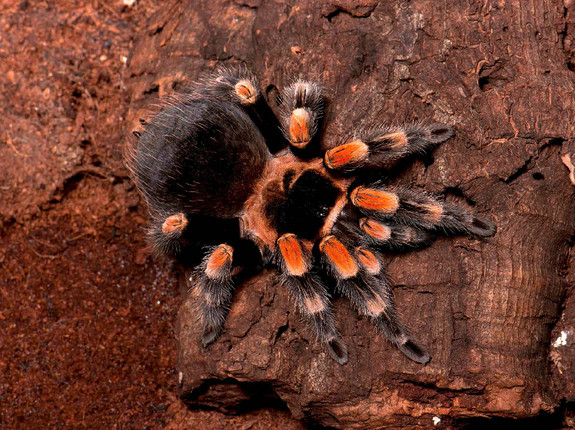620 pages. That’s how long this brick of a book turned out to be when I got it in the mail. Hell no, I thought. But then I started to read it and I didn’t want to stop.
Children of Time, the 2015 sci-fi novel by British writer Adrian Tschaikovsky, is a supremely imaginative story about one planet and two rival species vying for control of it. On the one side we have an ark ship of humans, the survivors of a spacefaring civilization that blew themselves up millennia earlier, leaving a rump population on Earth to reestablish technology and, one day, flee their dying home for the stars.

To where exactly?
Well, here’s where Tschaikovsky takes the trope of a colony ship in a wholly unexpected direction.
Let’s rewind. Millennia earlier at the start of that cataclysmic war, megalomaniacal scientist Avrana Kern was going to seed a terraformed planet with monkeys and a virus that would selectively enhance their evolution in favor of intelligence. Her creepy plan goes awry, and what we get is not a rehashed Planet of the Apes, but something much creepier, especially for those of us who are arachnophobes.
Spoiler…the monkeys didn’t make it to the planet, and the virus, which did, selected for intelligence mostly among the insects, the top dogs being a certain species of spider.
Centuries later, as the spiders evolve into a complex and intelligent society, that ragtag ship nears what they believe to be a green paradise just waiting for them to land and populate it. As you can guess, there will be conflict.
I won’t spoil the rest of the story. Instead, here’s my breakdown:
The good:
—Children of Time alternates between both groups. For the first hundred pages or so, the story and pace were riveting. I didn’t want to put it down.
–The writing is pristine and engaging. As someone who obsesses over words, zero complaints.
–Tschaikovsky managed to make spiders (not a fan) into sympathetic and relatable characters. He wove spiders’ natural biology into humanlike functions and hierarchies. He made it seem effortless, though I am sure this was the product of hours upon hours of research and craft.
–The human characters were all compelling. Even the minor ones seemed real to me.
The not as good:
—Children of Time sagged in the middle. There was a lot of back and forth that made me wonder if the writer had to figure out a way to account for the passage of time (and the spiders’ continued evolution). Also in the middle section, the chapters were overly long, when shorter and punchier would have been more effective.
–A subplot regarding the ship’s captain, while interesting, felt like it belonged in another book.
–While I liked the ending (totally unexpected), something about it felt off. Not sure what or why. It could have just been a pacing issue.
But these are minor flaws. I wouldn’t normally buy or recommend a 600-page book. Children of Time is a fantastic exception.
